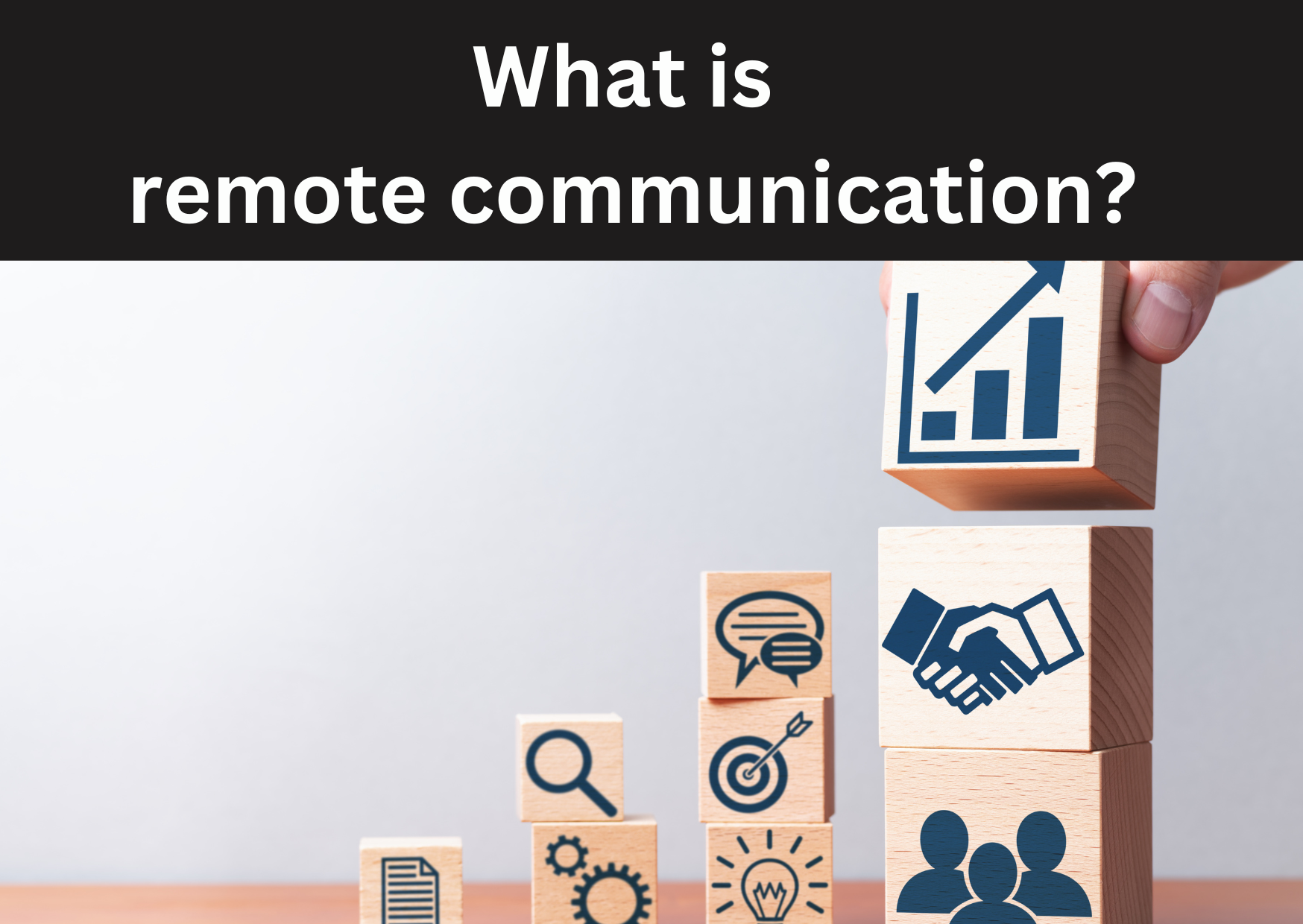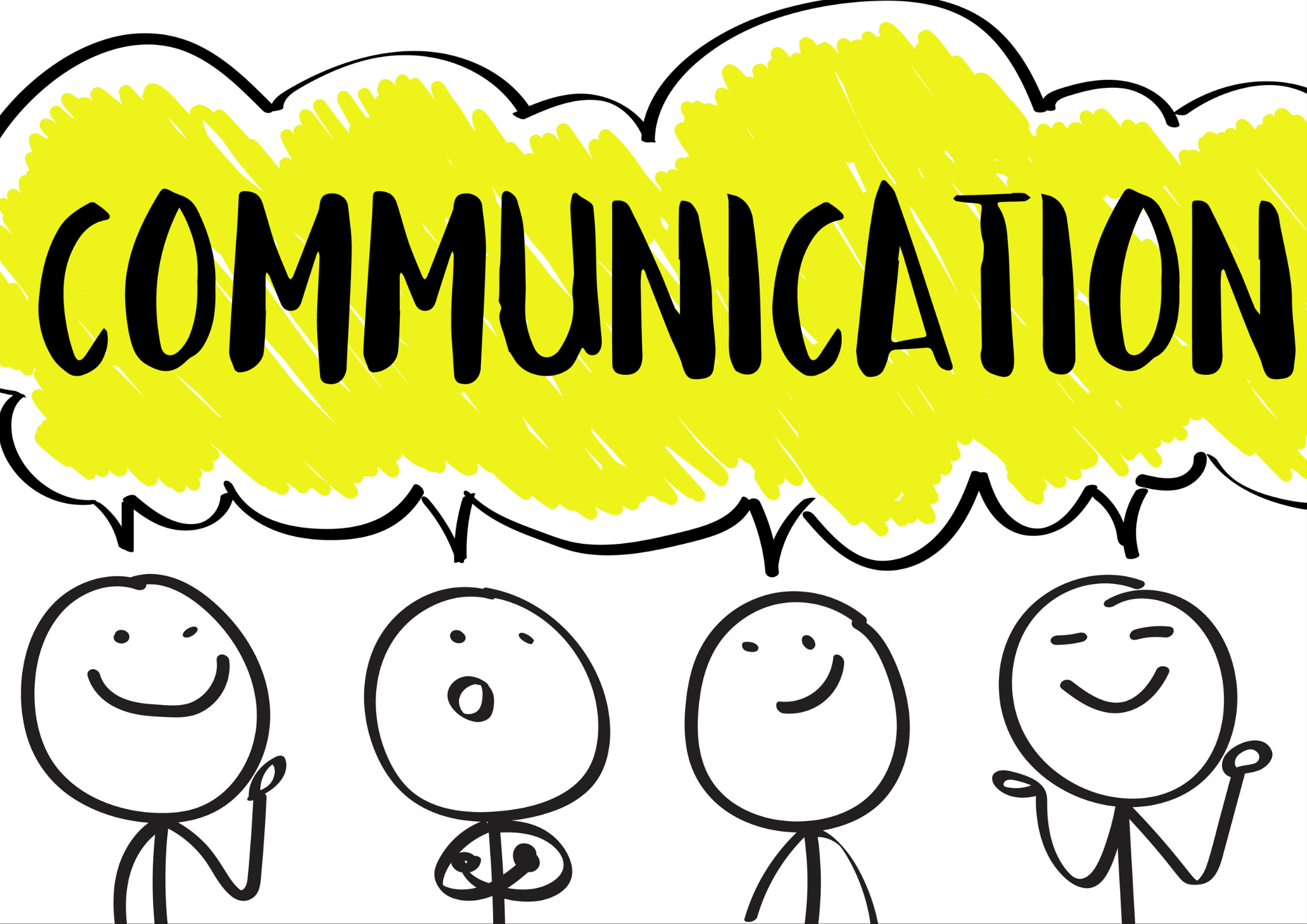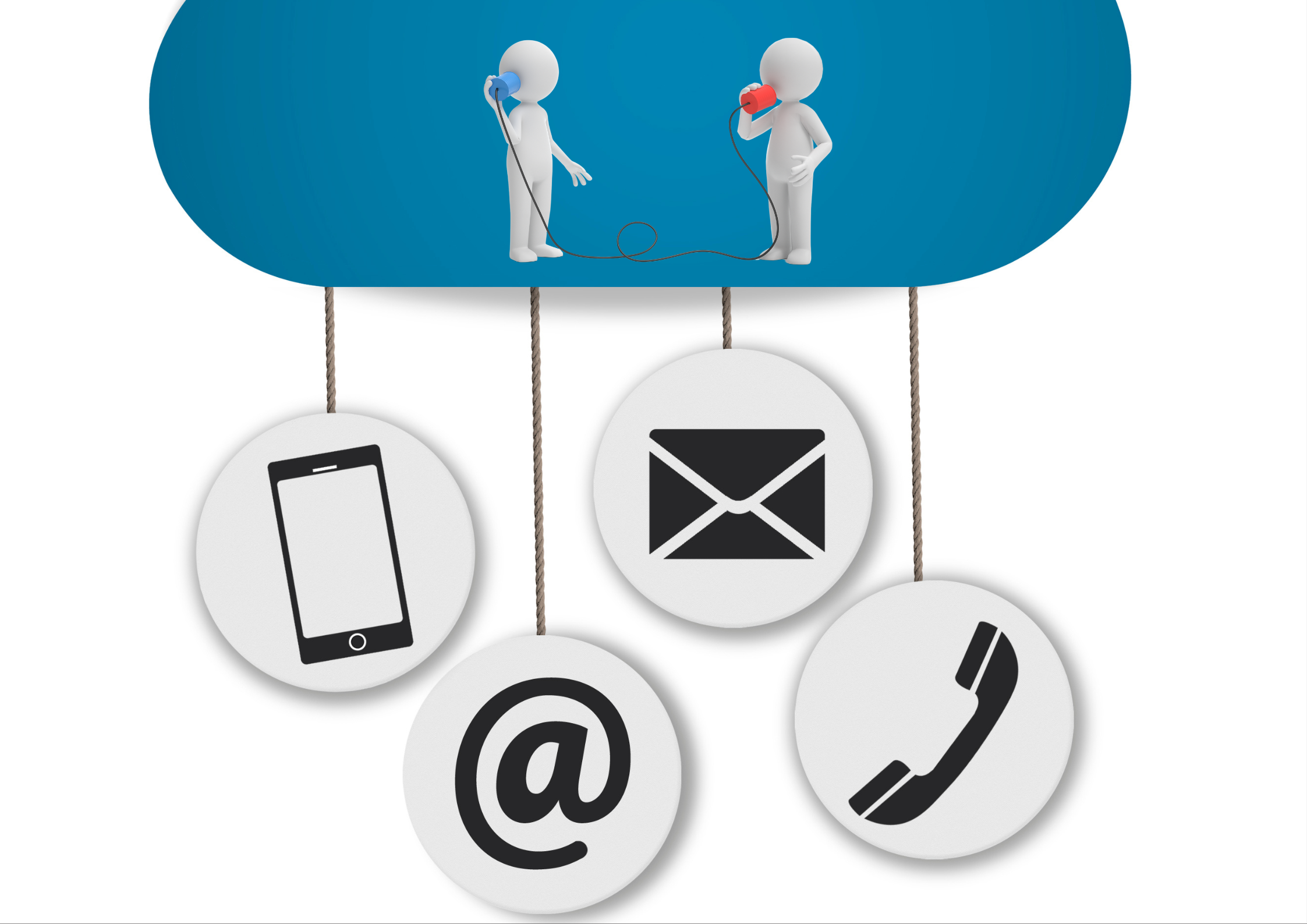How do you keep your remote teams engaged? In the last decade, more people began to work on a remote basis. However, since the start of the corona virus this movement towards remote work reached it’s peak out of necessity. In the last year people have started returning to their offices. However, the number of people returning to the office is smaller, and many opt for a hybrid option switching between working at the office and working from home.
| >>> You might interested in Free Personality Survey for Career to pinpoint what makes you unique.
Remote communication clearly has it’s challenges and Therefore, as a manager, it is important to be up-to-date on telecommuting methods and to use them to your advantage. Even the most experienced manager can find it challenging to transition from a physical shared workspace to a collection of virtual offices.
Suck in all the possibilities there are? Take a look at the examples mentioned below for inspiration and direction to adjust the dynamics of your remote teams.
What is remote communication?

Remote communication is a term for all the ways employees who work from home can talk to their co-workers and get work done.
The most common types of remote communication range from simple technologies such as email, chat, intranets, video conferencing, and work collaboration tools to all-encompassing remote work ecosystems such as unified digital workplace platforms. A well-oiled team is built on strong communication, when those team members aren’t working in the same office, remote communication tools become crucial.
Consider how employees might interact with each other if they share an office. They go to regular meetings and brainstorm sessions, chat with coworkers in the break room or walk up to a colleague’s desk to clear up some confusion. But how can you build all these crucial relationships if you don’t work in the same office as your teammates and don’t see them very often? Teams that are spread out might find it hard to talk to each other, but it’s not impossible.
Good communication can bring people in different groups closer together and improve their work.
Challenges in communicating with remote teams

When communication breaks down and people feel far from their coworkers, it damages their performance. As relationships between team members get worse, so does their morale, which directly affects how well they do their jobs. Remote teams face many communication problems, such as:
- Little to no contact with other team members.
- Working in different time zones.
- Technical issues such as slow internet connection and a lack of tools for communication.
- No work-live balance.
- Miscommunications between team members that lead to arguments.
|>>> Read more: How to effectively listen to employees’ needs? [6 Tips]
Tips to Communicate Effectively with Remote Teams
1. Be clear and concise
Make sure that your instructions are clear and easy to understand. If any complicated concepts need to be explained, take the time to do so. A unified digital workplace platform is the most complete option for implementing your remote work communications strategy since it includes all of the features and analytic tools you’ll need to make it a success. When you talk to someone face-to-face, your body language gives your words more meaning.
2. Be patient
Allow time for team members to ask questions and provide feedback. Don’t try to rush through the conversation. Without verbal and nonverbal clues, like body language or facial expressions, it may be hard to understand the context of what you’re saying. Your words may seem rude, short, or insensitive.
If there is even a tiny chance that your message could be misunderstood, you need to clear the air and explain what you meant. You can also use emojis to give more information about what you’re talking about.
3. Use video conferencing tools
This option can help team members feel more connected and makes it easier to discuss complex topics. Use technology to your advantage. There are many tools and technologies available that can help you to communicate effectively with your team. Use video conferencing, chat tools, and project management software to stay connected and on track. When you work in a real office, getting to know your coworkers is easy.

4. Schedule regular check-ins
Scheduling regular check-ins will allow you to chat about progress, give feedback, and answer any questions team members may have. While working on a project, it can be easier to collaborate with your remote teammates if you have a clear schedule ahead for the coming weeks or months. This would make it practical for the team to communicate and work together. Therefore, you should set up a virtual schedule or plan for your workspace where people can check up on the work.
5. Make sure everyone is on the same page
Before starting a project, ensure everyone understands the goals and objectives. This will help to ensure that everyone is working towards the same purpose. A messaging system would give employees a quick and easy way to gather all information.
6. Spend money on internal communication tools
It is always a great time to start a communication channel if your company doesn’t already have an internal messaging system. It would help if you still had the many short conversations you’re used to having in person but differently. You could now move those talks to email. But does anyone want to get more emails on your team?
A common chat environment would not only tighten the connections but also do the updating tasks for the whole team. Just pin the important messages on the first page of the chat box, and everyone will notice effortlessly.

7. Have fun and get to know people better
As with teams in the office, it’s easier to talk to coworkers when you have something in common with them. Video meetings are often planned with a purpose and the meeting topic is limited to the meeting plan. Therefore, try to deliberately plan in some social meetings, in which work isn’t the focus and people are encouraged to talk about their interests and hobbies.
Conclusion
If you manage a remote team, you should be aware of how you can communicate effectively with them. By using a combination of video conferencing, instant messaging, and email, you can ensure that your team is always on the same page and getting the information they need.
Most importantly, you take the time to understand how your team likes communicating and tailor your approach accordingly. With a little effort, you can secure that distance is never an issue when keeping your team cohesive and productive.
Do you know that traicie’s sourcing tools for recruiters can help the hiring team with culture-based hiring but also improves the strategic, operational value of the recruiting process :
- Cost of a job board – Reduce annual spending on job boards
- Cost of HR tools – Reduce the cost of surveys and assessment tools
- Recruitment costs – Reduce selection costs
- Internal mobility – Fill more skilled jobs with internal staff
- Time to hire – Reduce the number of days a role goes unfilled
- Salary costs – Reduce overall salary costs
- Attrition – Reduce the rate of turnover
- Recruitment cost – Reduce the general recruitment cost